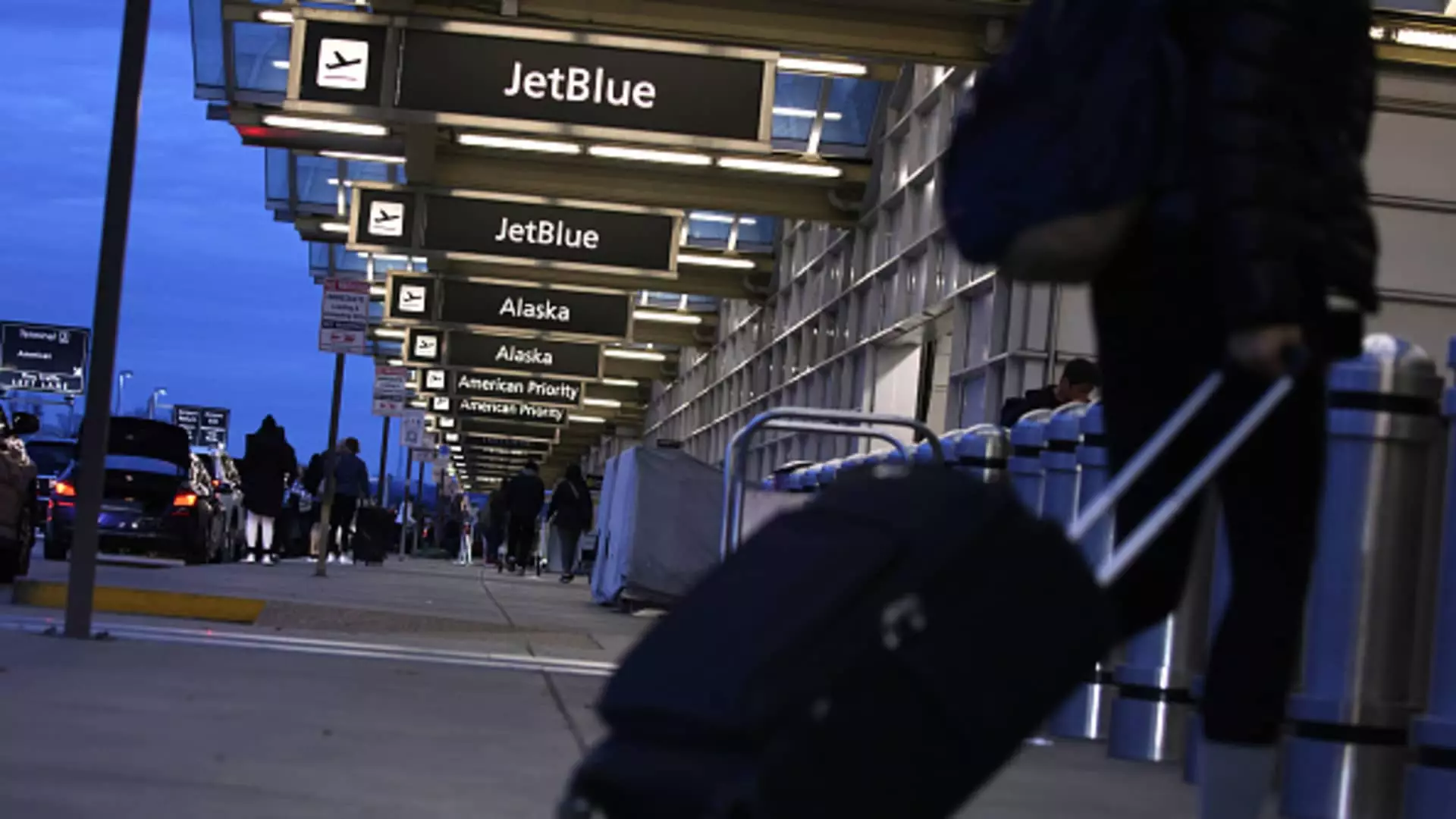In a recent move indicative of its ongoing efforts to navigate turbulent financial waters, JetBlue Airways has introduced voluntary early retirement packages for select pilots. This decision, communicated by their labor union last Friday, reveals the airline’s dual focus on cost reduction while simultaneously enhancing revenue streams. As it grapples with operational hurdles, particularly linked to a significant Pratt & Whitney engine recall that has affected some of its fleet, JetBlue’s latest initiative appears aimed at generating a more sustainable financial model for its operations.
The details of the retirement offer paint a significant picture for eligible pilots. According to a memo circulated by the Air Line Pilots Association (ALPA), pilots nearing retirement will have until February 7 to consider this option. The airline’s agreement promises pilots compensation for 55 hours at their hourly rate, extending until they reach mandatory retirement age or 18 months post-separation, depending on which milestone arrives first. This compensation strategy reflects an effort to provide a meaningful incentive for pilots to leave, particularly as the industry faces rapid changes and increased competition.
The financial examples provided in the union’s correspondence highlight the varying compensation levels based on experience and plane type. For instance, a seasoned Airbus A320 captain with over a decade of experience stands to gain a substantial payout, while other pilots, particularly those newer to the field, will receive significantly less. Such disparities could lead to differing reactions among pilots based on their individual financial situations and career trajectories.
JetBlue is not alone in facing formidable challenges within the airline sector. The impacts of the COVID-19 pandemic are still being felt, with slow recovery patterns, ongoing operational disruptions, and an ever-changing travel demand landscape. In this context, the voluntary retirement packages can be interpreted as more than just a cost-cutting measure; they signal a shift in strategy. By potentially reducing the number of pilots on staff, JetBlue can streamline operations and align its workforce with the current demand for air travel, which has become increasingly unpredictable.
Moreover, the introduction of new revenue streams—such as upgrading to first-class seating—illustrates JetBlue’s commitment to enhancing passenger experience to bolster profitability. This proactive approach may help mitigate some financial challenges posed by fleet recalls and outages while also responding to a competitive market that prioritizes customer experience.
As JetBlue Airways approaches its quarterly earnings report, the ramifications of this early retirement initiative will soon become clearer. The airline’s long-term viability will depend not only on the successful implementation of these retirement packages but also on its ability to adapt to the ever-evolving landscape of the aviation industry.
While the offer of early retirement represents a practical solution amidst pressing challenges, the implications for JetBlue’s workforce and organizational culture remain to be fully understood. As the airline navigates its future, both management and pilots must engage in open dialogue to ensure a cohesive and sustainable path forward, balancing financial realities with the welfare of their valued employees.


Leave a Reply